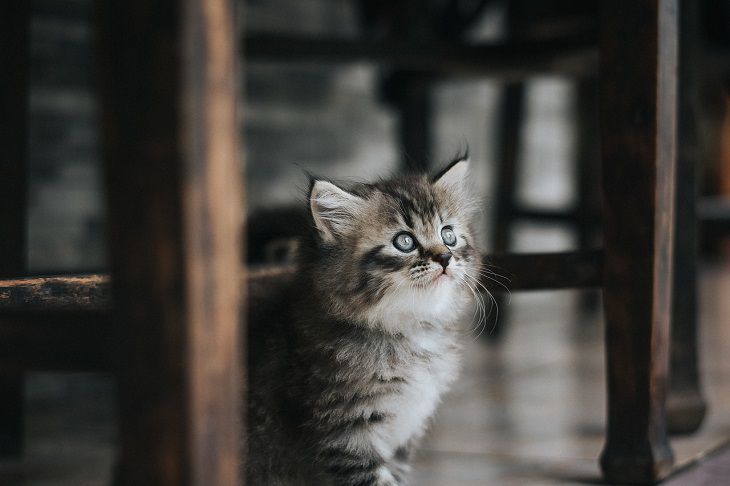Like human kids, kittens have baby teeth that later change to permanent teeth, and it usually happens way faster for cats than humans.
Meanwhile, it might be still quite inconvenient for your kitten to eat solid food during this period, so it's better to change its diet a bit.
Here are a few tips on how to feed your kitten when its teeth change.

Choose the Right Food
During this time, it's best to switch your kitten to a diet that supports their changing teeth.
Opt for wet or canned kitten food instead of dry kibble. Wet food is softer and easier for them to chew and swallow.
It also provides the necessary moisture to keep them hydrated.
Gradually Introduce New Food
To ensure a smooth transition, mix a small amount of the new wet food with their regular kitten food.
Start with a ratio of 75% old food and 25% new food, gradually increasing the proportion of the new food over the course of a week or two.
This helps their digestive system adapt to the change.
Monitor Chewing Ability
Observe your kitten's chewing ability during mealtime.
If you notice they struggle with the new food or show signs of discomfort, you can soften it further by adding warm water or low-sodium chicken broth.
This makes it easier for them to chew and swallow.
Offer Small, Frequent Meals
Kittens have small stomachs, so it's important to provide them with frequent meals throughout the day.
Divide their daily portion into several smaller meals to ensure they are getting enough nutrition.
Follow the feeding guidelines on the kitten food packaging or consult your veterinarian for specific recommendations.
Provide Dental Care
As your kitten's permanent teeth come in, it's crucial to establish good dental hygiene habits.
Introduce regular teeth brushing using a kitten-specific toothbrush and toothpaste.
This helps prevent dental issues and keeps their teeth and gums healthy.
Consult your veterinarian for guidance on proper brushing techniques.











